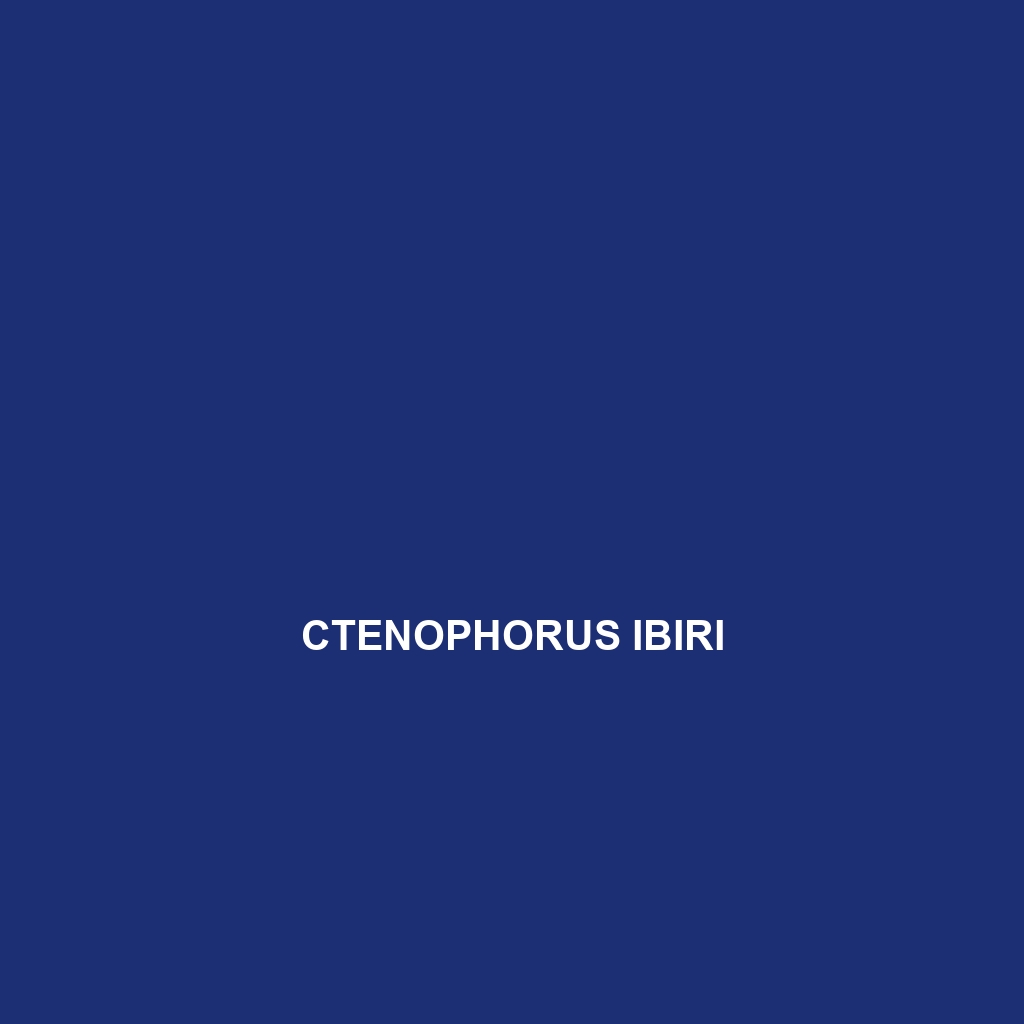<b>Pseudocordylus microlepidotus</b>, or the Southern Roofed Lizard, is a medium-sized, insectivorous lizard native to the arid regions of southern Africa, characterized by its flattened body, rough granulated scales, and distinctive defense mechanism of tail autotomy. This adaptable species thrives in various habitats, playing a crucial role in maintaining insect populations and serving as prey for larger predators.
Tag: lizard locomotion
Pseudocordylus microlepidotus
<b>Pseudocordylus microlepidotus</b>, or the Southern Roofed Lizard, is a medium-sized, insectivorous lizard native to the arid regions of southern Africa, characterized by its flattened body, rough granulated scales, and distinctive defense mechanism of tail autotomy. This adaptable species thrives in various habitats, playing a crucial role in maintaining insect populations and serving as prey for larger predators.
Phymaturus patagonicus
<p><b>Phymaturus patagonicus</b>, also known as the Patagonian lizard, is a robust, insectivorous reptile native to the arid regions of Patagonia, Argentina. Measuring 15 to 25 centimeters, it features distinctive coloration for camouflage, exhibits fascinating territorial behaviors, and plays a vital ecological role by controlling insect populations and serving as prey for birds of prey.</p>
Mesalina microlepis
Discover the Mesalina microlepis, also known as the African sandfish, a remarkable insectivorous lizard native to North Africa and the Middle East, known for its burrowing abilities and unique adaptations to thrive in arid environments. With a streamlined body and impressive speed, this species plays a vital role in its ecosystem by controlling insect populations and contributing to soil health.
Liolaemus tacnae
<p><b>Liolaemus tacnae</b> is a captivating lizard species native to the high-altitude regions of the Andean mountains in northern Chile, notable for its colorful scales, distinctive dorsal crest, and adaptability to rocky alpine environments. Inhabiting areas with sparse vegetation, these insectivorous lizards play a crucial role in their ecosystem by controlling insect populations and serving as prey for larger animals.</p>
Eremias kavirensis
Discover the Kavir Sand Lizard (Eremias kavirensis), a medium-sized, agile lizard adapted to arid desert environments, featuring a unique light brown coloration with dark stripes for effective camouflage. This insectivorous species thrives in sandy habitats, playing a vital role in maintaining ecosystem balance while exhibiting fascinating behaviors such as territorial displays and burrowing.
Ctenophorus ibiri
Ctenophorus ibiri Discover the vibrant Ctenophorus ibiri, a diurnal lizard found in the arid woodlands and scrublands of southeastern Australia. With males displaying striking blue and green colors during breeding, they play a vital role in ecosystems by controlling insect populations and serving as prey for larger species.</p>
Chalcides delislei
Discover the unique Chalcides delislei, a fascinating lizard from the Mediterranean, characterized by its elongated body, smooth scales, and distinctive slithering locomotion. Preferring dry, sandy habitats, this insectivorous species plays a vital role in controlling insect populations and is categorized as vulnerable due to habitat loss.







